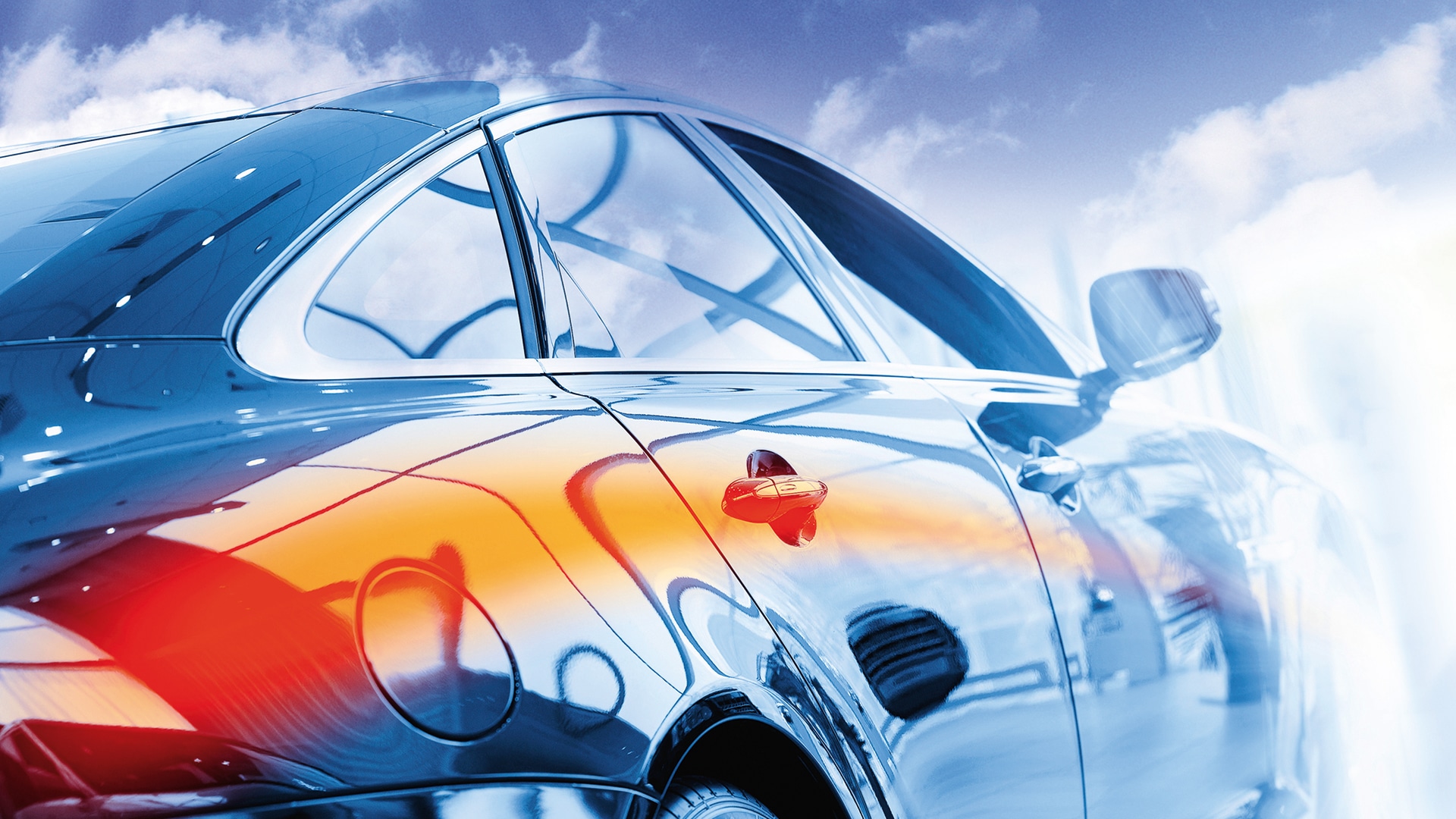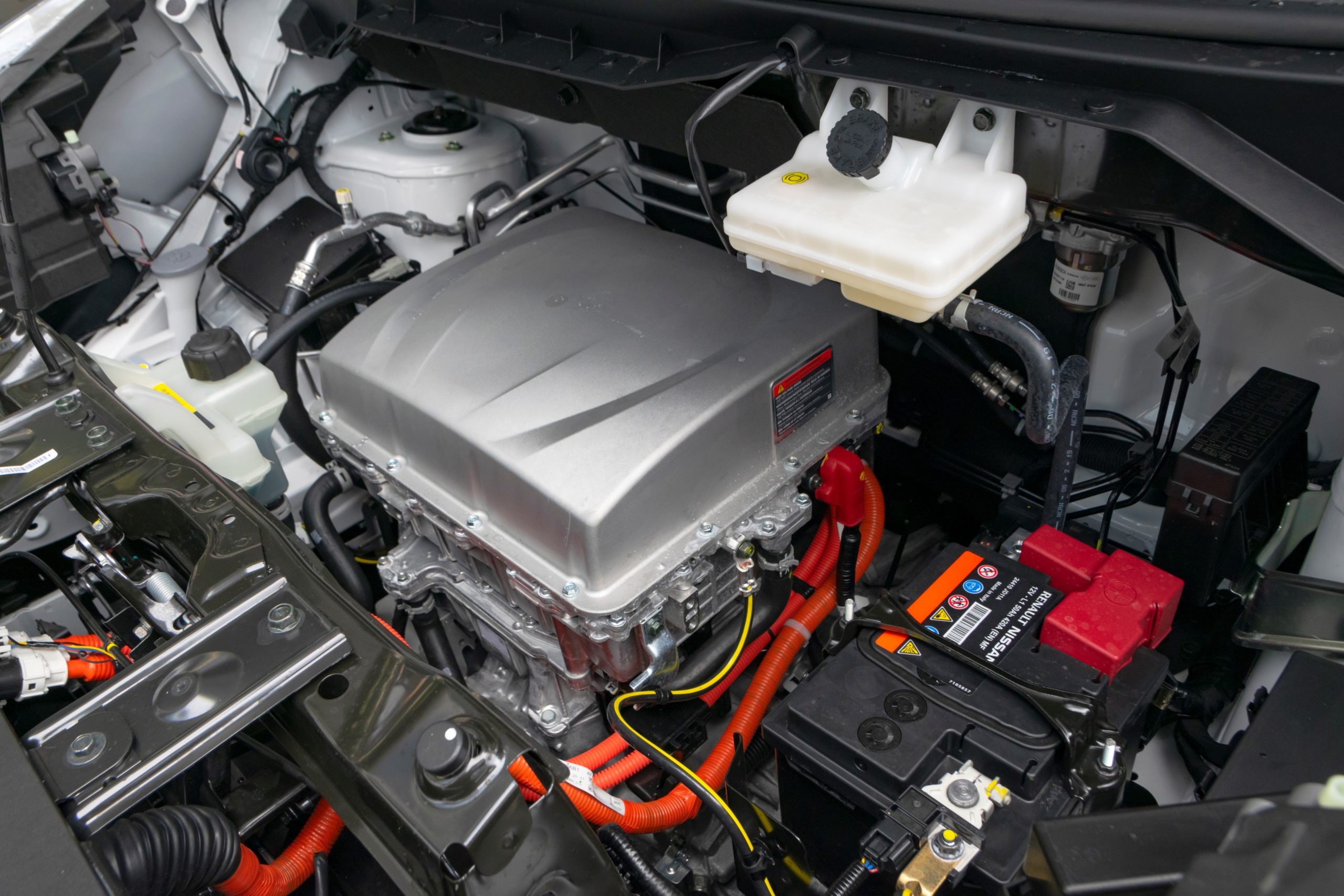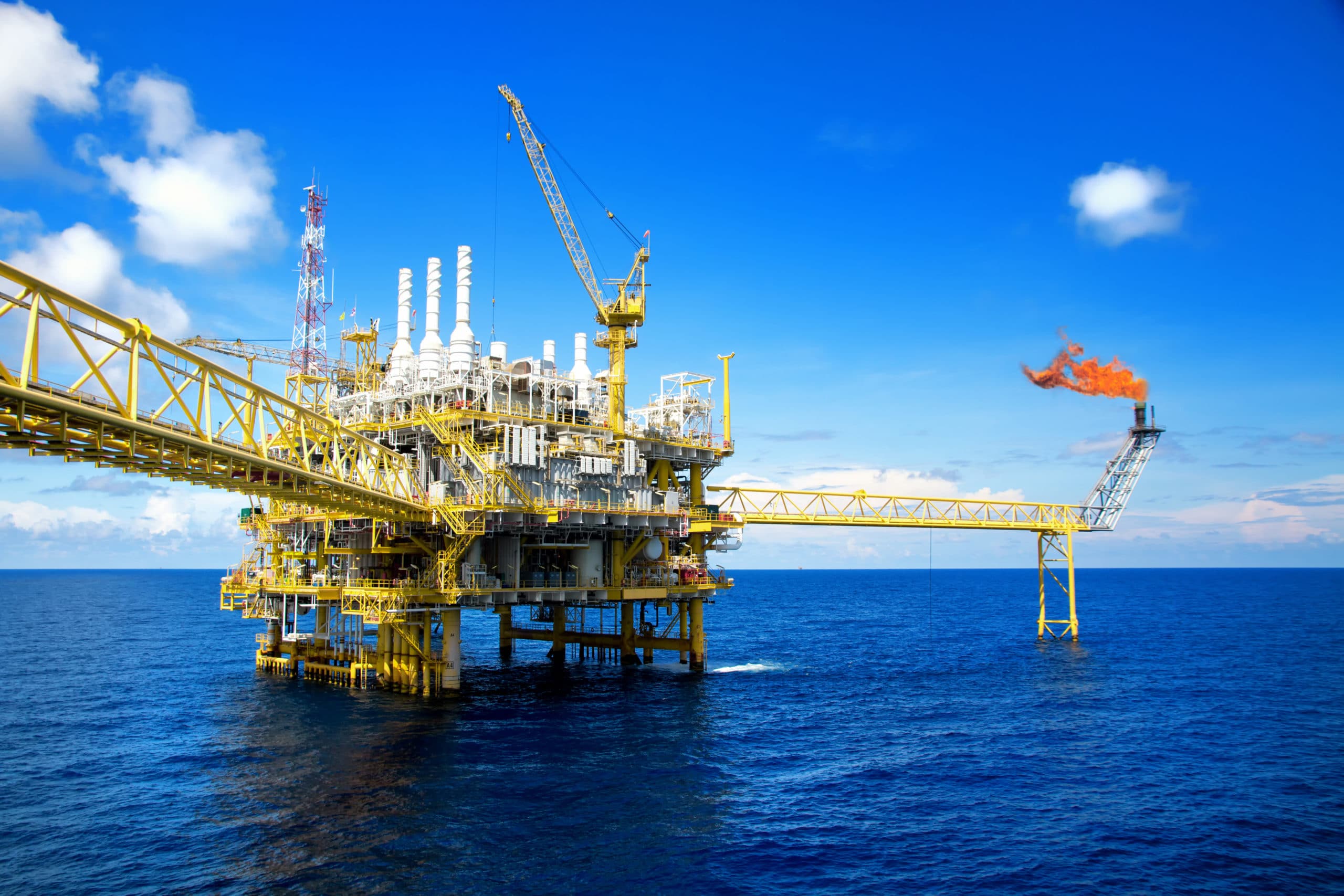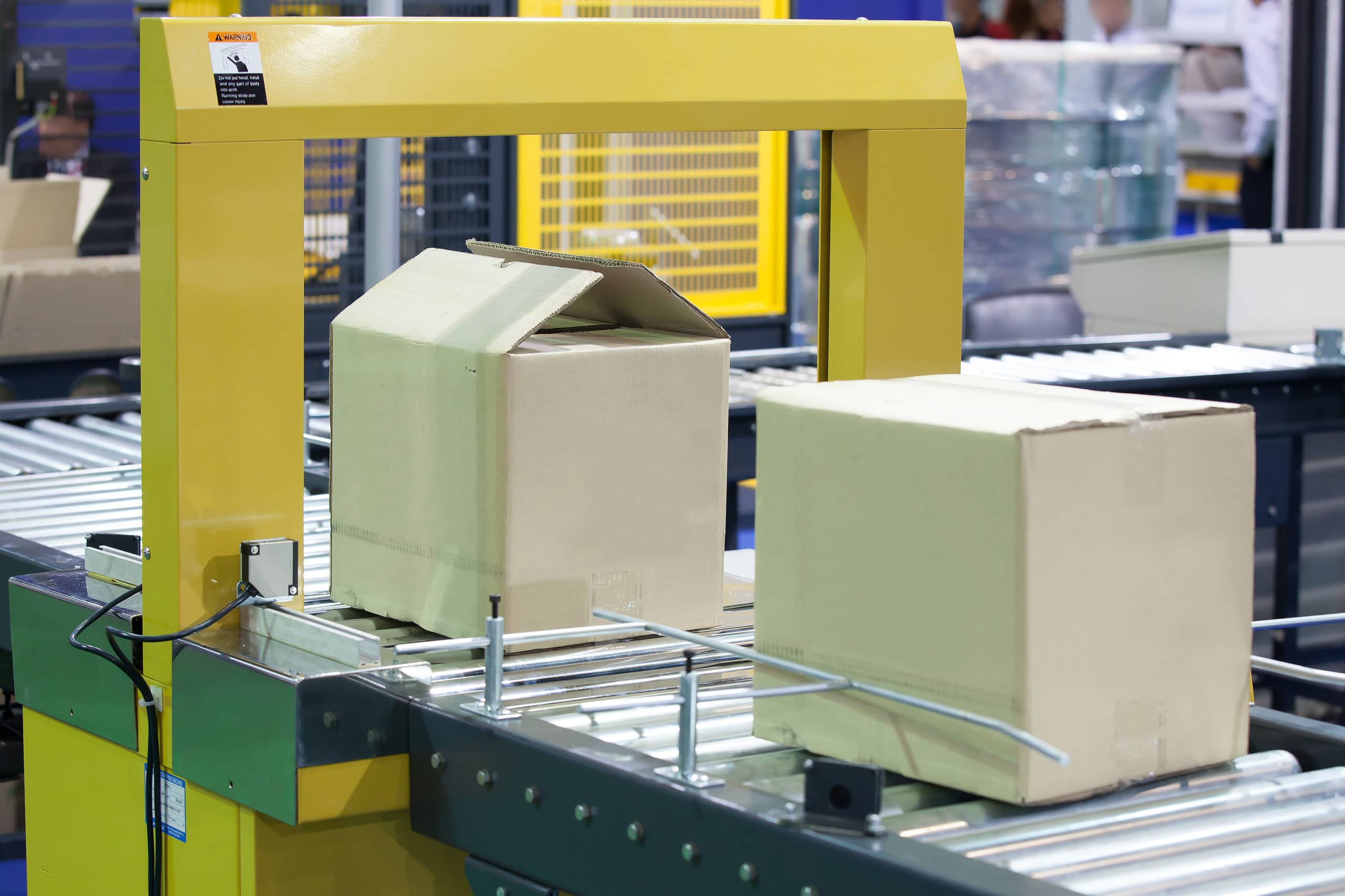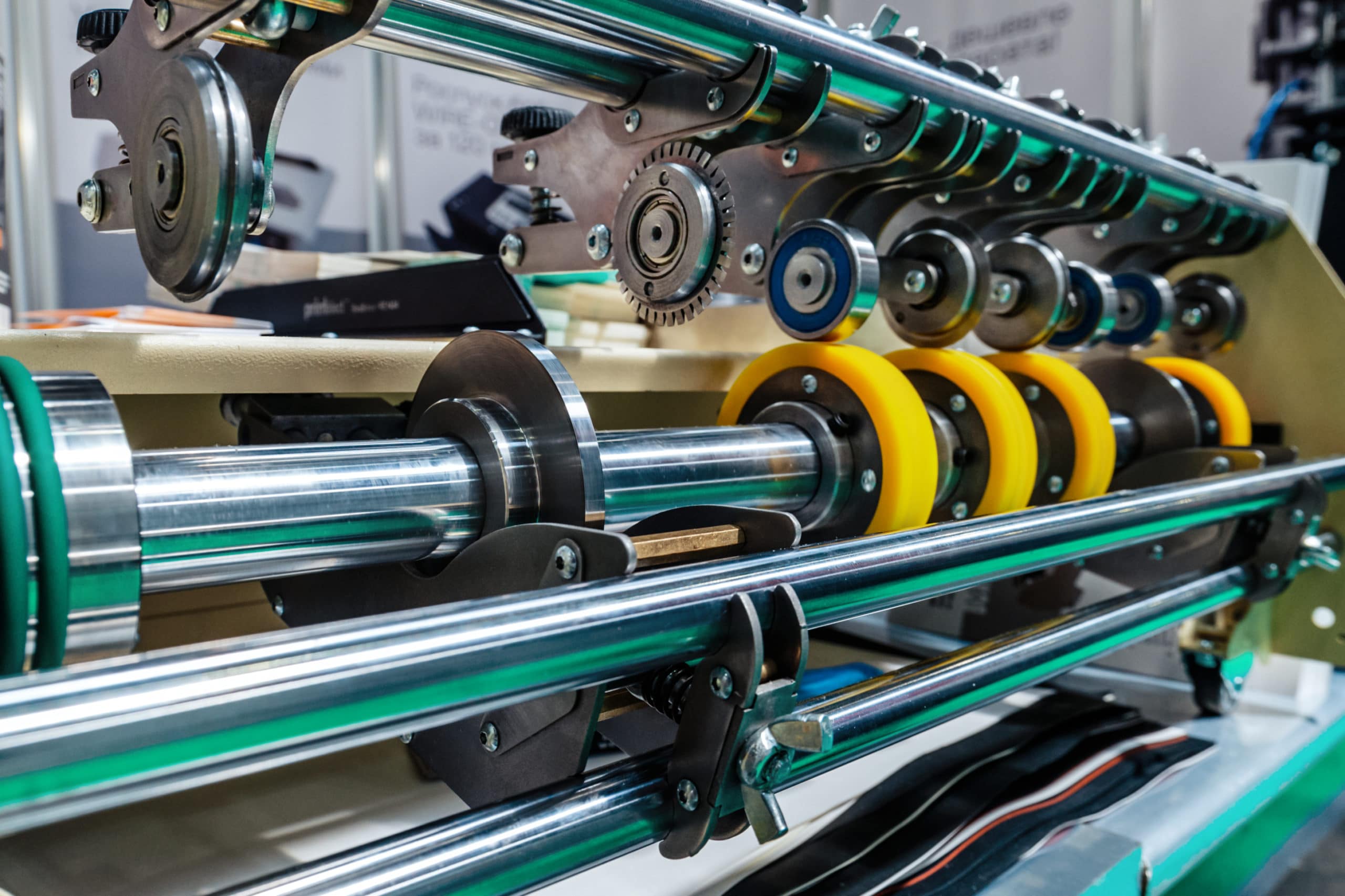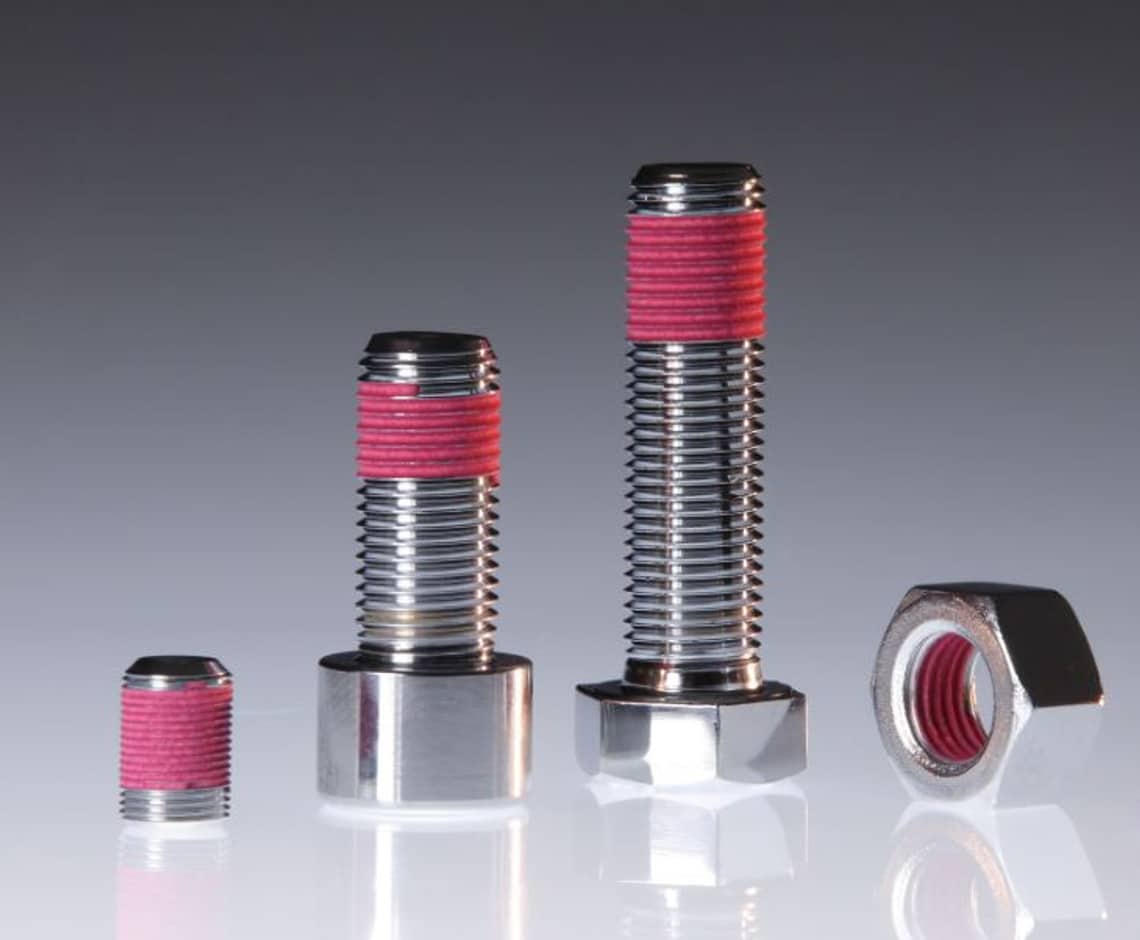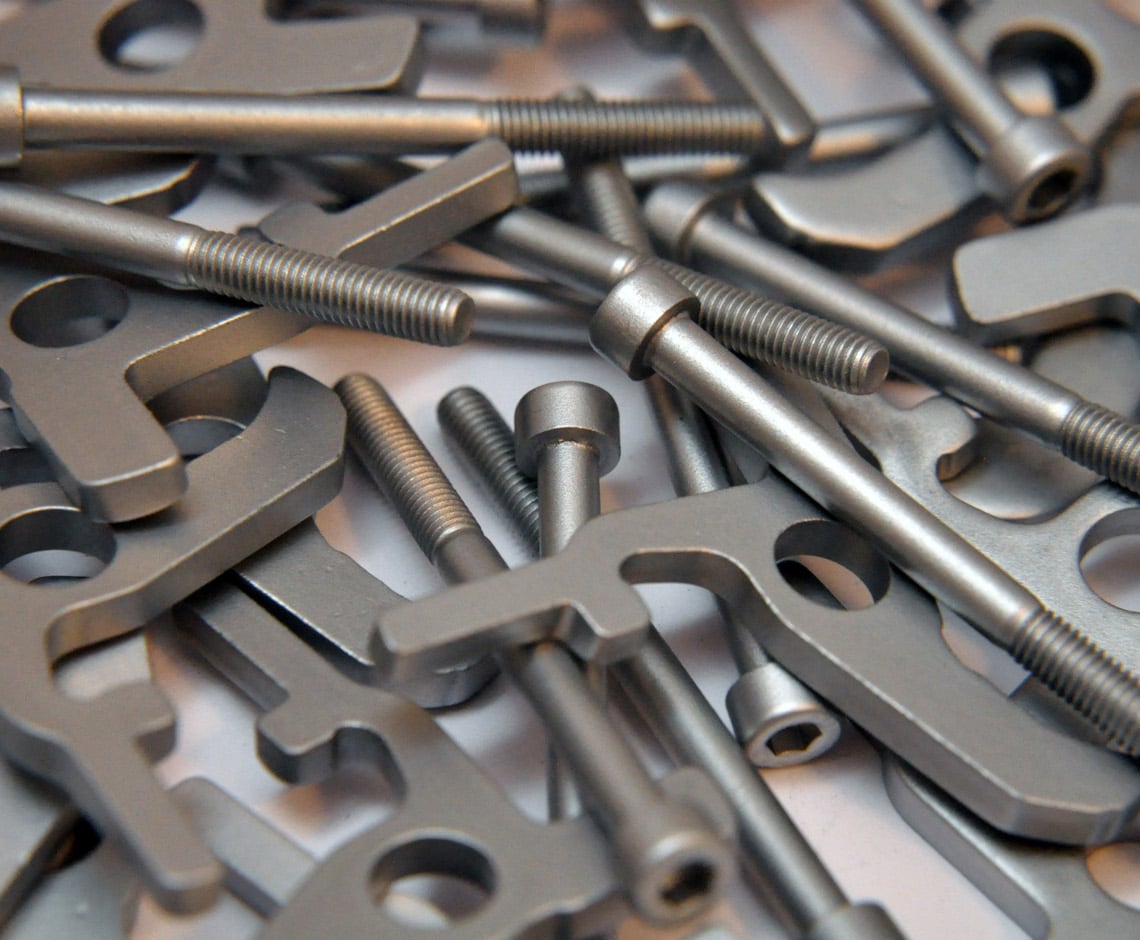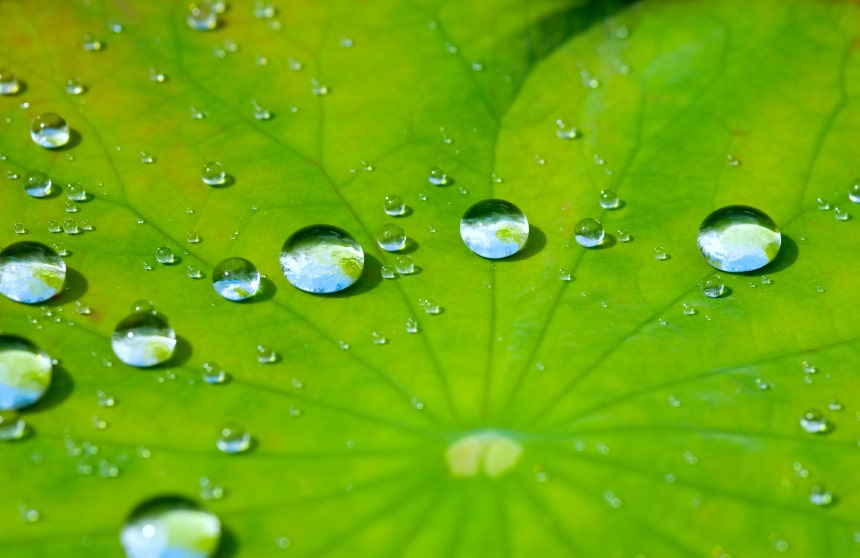finishing of light-weight metals
plasma chemical coatings
what are plasma chemical coatings?
Plasma chemical coating is a process that creates oxide-ceramic layers characterized by accurate depositions. These hard coatings are furthermore characterized by good bending fatigue strength. With MAGOXID-COAT® and KEPLA-COAT® plasma chemical surface treatments, our company offers you two anodic plasma-chemical surface finishes with functional characteristic profiles, the total of which cannot be achieved with electroplated coatings. MAGOXID-COAT® is used on magnesium alloys, whereas KEPLA-COAT® is used for the finishing of materials made from aluminum and titanium alloys. The plasma-chemical process creates oxide-ceramic coatings which, apart from offering wear and corrosion protection, also fulfill further requirements, such as hardness, even layer structures, fatigue strength, dimensional accuracy and thermal endurance. Edges, cavities and reliefs are evenly coated, i. e. there is no edge formation as is the case during electroplating.
With our expertise and advanced technical knowledge in plasma chemical surface technology, we are able to deliver high-quality and customized plasma chemical coating services for all kinds of requirements and components, even geometrically complex ones.
Plasma chemical coating consists of electrolytic processes that are performed with the help of an external power source, while the workpiece to be coated is used as the anode. The magnesium or metal surface of the workpiece surface is converted into oxides, while saline solutions are used as electrolytes. Anodic coatings are created in the electrolyte by plasma discharges on the surface of the workpiece.
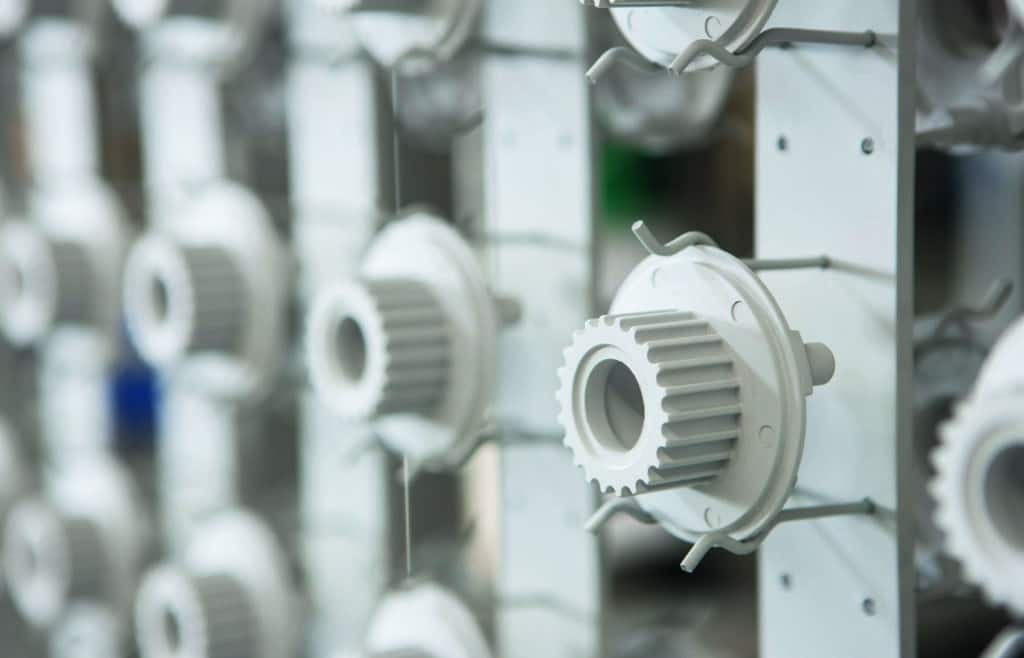
benefits of plasma surface treatment
- wear protection,
- improved corrosion protection,
- contour accuracy,
- dimensional stability,
- hardness,
- thermal endurance,
- higher fatigue strength
overview KEPLA-COAT® and MAGOXID-COAT®
Process | How it works | Characteristics | Base materials |
KEPLA-COAT® | The workpiece, which is coated, is connected as an anode. Through this process the surface is converted into the desired oxides. | – Wear protection – Corrosion protection – Contour accuracy – Dimensional accuracy – Hardness – Higher fatigue strength – Resistance against aggressive gases – Excellent gliding properties | – Almost all technically interesting aluminum alloy – Titanium materials |
MAGOXID-COAT® | If magnesium alloys are to be coated, the workpiece is also connected as an anode here. The charge exchange takes place through the naturally existing barrier layer of the magnesium | – Corrosion protection – Hardness – Contour accuracy – Bending strength – Dimensional accuracy – Thermal endurance | – All common magnesium alloys – Alloys containing rare earths and zirconium |
KEPLA-COAT® as plasma chemical surface treatment
KEPLA-COAT® is a plasma-chemical anti-wear surface treatment for aluminum and titanium alloys. In the past, the process used for titanium alloys was referred to as Plasmocer®. The process is performed at our Berlin location, the competence center for plasma chemical processes.
The coating with KEPLA-COAT® takes place in an aqueous organic electrolyte. The workpiece is connected to an external power source as an anode. In the process of anodization, oxygen plasma discharges onto the workpiece surface, melting it for a short time and forms an extremely thin barrier layer at first, which firmly bonds to the outer metal layer. This is followed by a low-pore and then a high-pore oxide ceramic layer. The color of the coating is usually grey-white. However, black layers can be produced as well.
This multilayer composite coating protects the metals aluminum and titanium against wear and corrosion. Its surface structure allows lubricants to be easily absorbed and subsequent workpiece treatments, such as varnishing or impregnations, to be performed.
Apart from excellent wear protection, KEPLA-COAT® plasma surface treatment offers absolute contour accuracy, dimensional accuracy and hardness. The fatigue strength of substrates coated with KEPLA-COAT® is significantly higher than that of substrates finished with similar coatings. The coating is able to withstand aggressive gases, such as chlorine and boron trichloride. KEPLA-COAT® also offers excellent gliding properties, especially in combination with PTFE or other dry lubricants.
| Temperature in °C | Heat conductivity in W/m·K |
| 25 | 35,5 |
| 50 | 30,8 |
| 100 | 31,7 |
| 150 | 31,2 |
| 200 | 28,6 |
Be it wrought alloys, cast alloys or die casting alloys, KEPLA-COAT® is suitable for almost all technically interesting aluminum alloys. It is also possible to coat titanium materials using this plasma chemical surface technology. White coatings cannot currently be created on titanium materials. Please get in touch with us if you have any questions regarding to the possible implementation of projects concerning this matter.
MAGOXID-COAT® as plasma chemical coating process
MAGOXID-COAT® is a plasma chemical coating for the finishing of magnesium alloys. This coating process is also performed at our Berlin factory, the competence center for plasma-chemical processes.
Plasma chemical coating with MAGOXID-COAT® is carried out in an electrolyte of salt solution using a high electrical voltage, similar to the KEPLA-COAT® coating. This involves a charge exchange through the natural barrier layer of magnesium and at the same time a diffusion of magnesium ions towards the outer reaction zone. This process is associated with the forming of punctiform heat sources on the anodically connected magnesium. Plasma chemical processes occur in the form of gas discharges on the magnesium surface, which is hence oxidized. The color of the surface coating is usually white-grey. As with the KEPLA-COAT® process, black layers can be produced as well.
MAGOXID-COAT® multilayer composite coatings protect magnesium alloys against wear and corrosion. Their surface structure allows lubricants to be easily absorbed and subsequent workpiece treatments, such as varnishing or impregnations, to be performed. The plasma chemical process creates a crystalline oxide-ceramic layer and thus a strong anti-corrosion coating, which also fulfills further requirements, such as hardness, contour accuracy, bending strength, dimensional accuracy or thermal endurance.
The MAGOXID-COAT® plasma chemical surface technology is suitable for all common magnesium alloys, such as AZ31, AZ61, AZ81, AZ91, AM20, AM50 or AM60, as well as for alloys containing rare earths and zirconium, such as ZE41 and WE43.
fields of application of plasma chemical coatings
Aluminum components coated with KEPLA-COAT® are suitable for a wide variety of applications: They are used, for instance, on geometrically complex rotors in turbomolecular pumps. On the one hand, the crack and pore-free coating keeps reaction gases from penetrating into the workpiece, thus providing the requisite protection against plasma etching processes; on the other hand, it is able to withstand the mechanical loads produced by extremely high rotational speeds. Aluminum workpieces coated with KEPLA-COAT® are also used as sealing rings, fixing washers, rollers, drums or cylinder tubes. Due to their high light absorption capacity, black KEPLA-COAT® layers are suitable, for example, for optical parts, fine threads or heat radiators.
The areas of application of KEPLA-COAT® plasma chemical surface treatment stretch from coatings in the automotive industry to the following sectors:
- Data processing
- Electronics
- Energy technology
- Communication technology
- Aerospace industry
- Optical industry
- Mechanical engineering
- Medical devices
- Vacuum technology
When it comes to construction materials, magnesium is the lightest metal. MAGOXID-COAT® plasma chemical coating ideally combines the versatility of magnesium materials with a wide range of coating properties. Thus, this type of coating allows treated magnesium products to be used in many different areas. Magnesium components are coated with MAGOXID-COAT® white in order to protect them against wear and corrosion. Subsequent varnishing, e.g. on wheels for sports cars, bicycles and wheelchairs, is possible without any problems. Due to their high light absorption capacity, black MAGOXID-COAT® layers are suitable, for example, for optical parts, fine threads or heat radiators.
These coatings are used, inter alia, in the following industries:
- Automobile construction
- Armature manufacturing
- Office technology
- Data processing
- Energy technology
- Household appliances industry
- Communication technology
- Aerospace industry
- Optical industry
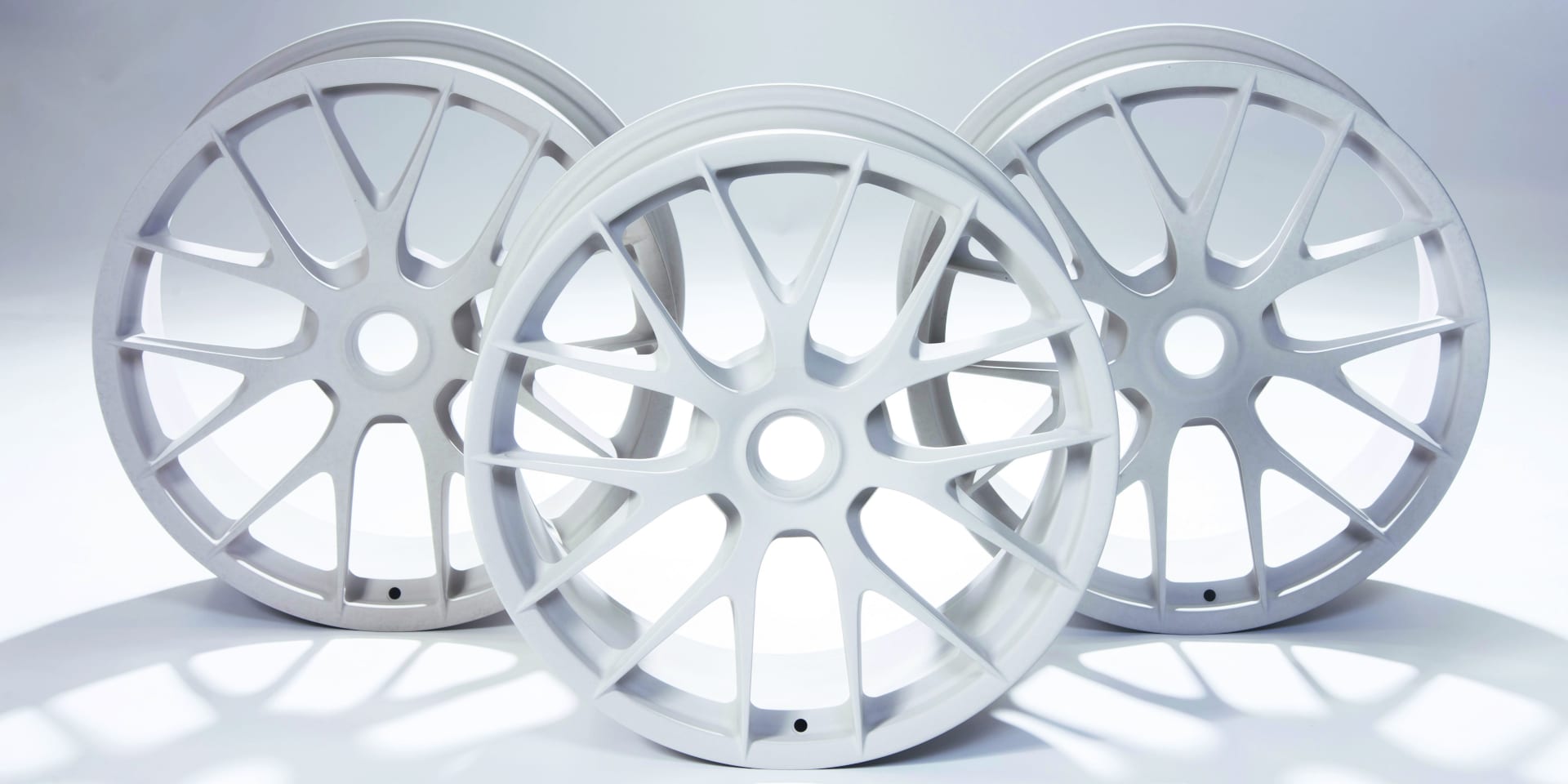
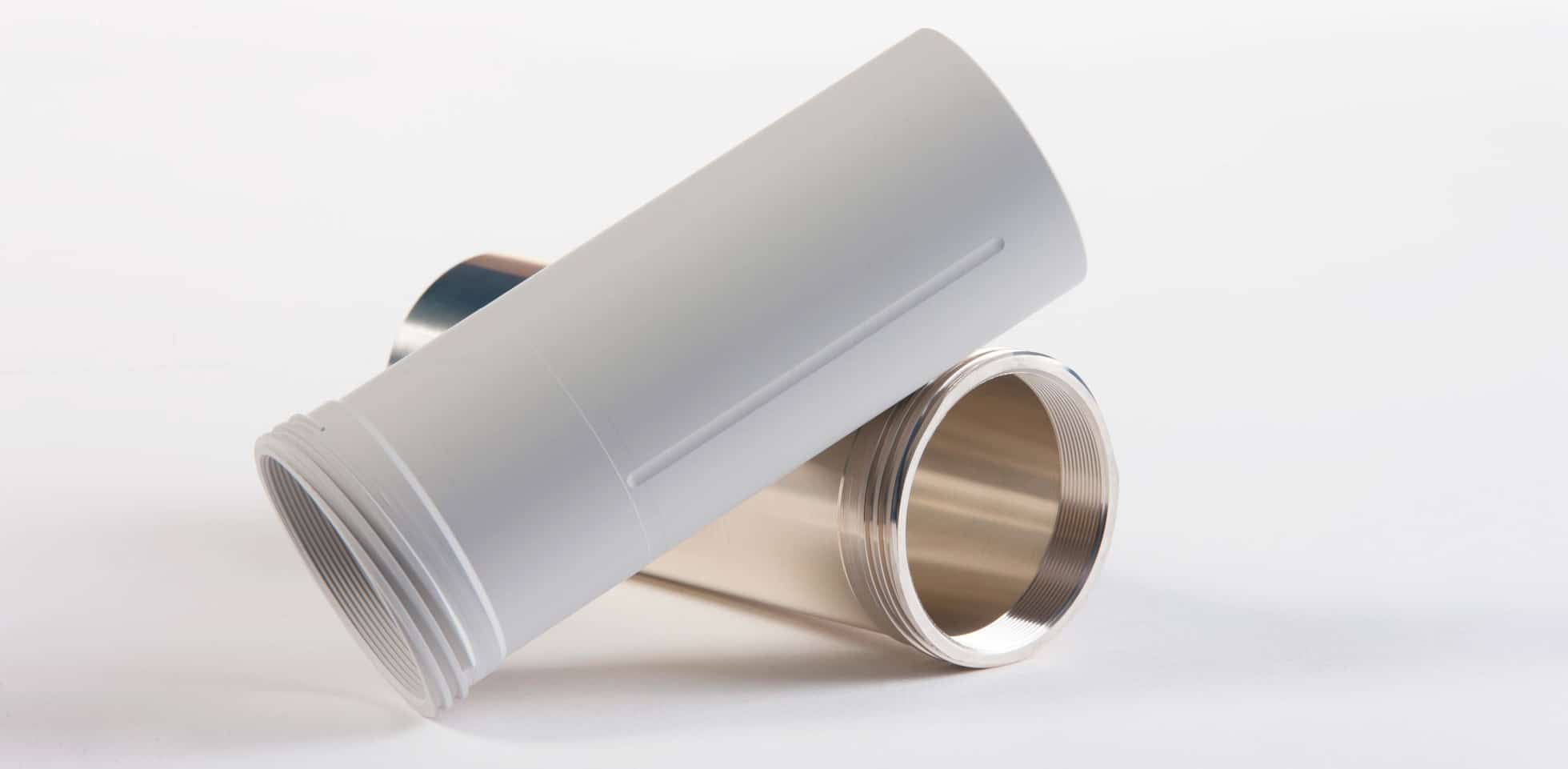
downloads
industries we serve
frequently asked questions
HOW DOES AALBERTS´ PLASMA CHEMICAL COATING DIFFER FROM OTHER PLASMA COATINGS?
Plasma coatings like PVD and CVD need a vacuum coating chamber, where vaporized metal-ions or gaseous substances are deposited onto the surface of a workpiece. These coatings are described as vacuum coatings. Plasma chemical coatings take place in an aqueous saline electrolyte. The plasma only builds up on the surface of the workpiece until the anodic layer is formed.
IS THE COLOR OF KEPLA-COAT® COATINGS ALWAYS GRAY-WHITE OR BLACK?
KEPLA-COAT® plasma chemical coatings are usually white to gray-white in color. The color ultimately depends on the alloy and coating thickness. The result on high-strength alloys is usually a grayish white, whereas common alloys adopt a white color. The higher the coating thickness, the grayer the coating appears.
Copper-based alloys have a slight pink tint to them. However, it is also possible to create black coatings.
WHAT ARE THE ADVANTAGES OF MAGOXID-COAT® PLASMA CHEMICAL COATINGS?
Strong corrosion protection, hardness, contour accuracy, bending strength, dimensional accuracy and high thermal endurance are among the advantages offered by MAGOXID-COAT® coatings.
WHAT PLASMA-CHEMICAL PROCESSES ARE SUITABLE FOR THE COATING OF MAGNESIUM?
MAGOXID-COAT® plasma chemical coatings are suitable for the finishing of magnesium.
WHAT ARE THE DIFFERENCES BETWEEN MAGOXID-COAT® BLACK AND WHITE?
MAGOXID-COAT® black and white plasma chemical coatings differ regarding their color and thickness.
Black coatings reach layer thicknesses between 8 and 12 µm. They are used exclusively in the area of light optics.
White coatings can reach a layer thickness of up to 20 µm. Besides, they offer better corrosion resistance.
WHAT CHARACTERIZES THESE PLASMA CHEMICAL SURFACE TECHNOLOGIES?
We are talking about oxide-ceramic coatings characterized by accurate depositions and good bending fatigue strength.
process locations
Any questions? Contact us directly or select a process location near you.
Berlin
Germany 52.528455313.5331206 berlin@aalberts-st.com +49 30 549904 0 show locationThe Aalberts websites use cookies (read more) to analyse website usage and improve usability. We also use third party tracking-cookies to measure user preferences, enable content sharing on social media and interest-based advertising. If you hit 'accept' you allow to us to place the different types of cookies.
privacy overview
| Cookie | Duration | Description |
|---|---|---|
| cookielawinfo-checkbox-analytics | 1 year | This cookies is set by GDPR Cookie Consent WordPress Plugin. The cookie is used to remember the user consent for the cookies under the category "Analytics". |
| cookielawinfo-checkbox-necessary | 1 year | This cookie is set by GDPR Cookie Consent plugin. The cookies is used to store the user consent for the cookies in the category "Necessary". |
| cookielawinfo-checkbox-others | 1 year | This cookie is set by GDPR Cookie Consent plugin. The cookie is used to store the user consent for the cookies in the category "Others". |
| cookielawinfo-checkbox-performance | 1 year | This cookie is set by GDPR Cookie Consent plugin. The cookie is used to store the user consent for the cookies in the category "Performance". |
| elementor | never | This cookie is used by the website's WordPress theme. It allows the website owner to implement or change the website's content in real-time. |
| Cookie | Duration | Description |
|---|---|---|
| cookielawinfo-checkbox-functional | 1 year | The cookie is set by GDPR cookie consent to record the user consent for the cookies in the category "Functional". |

